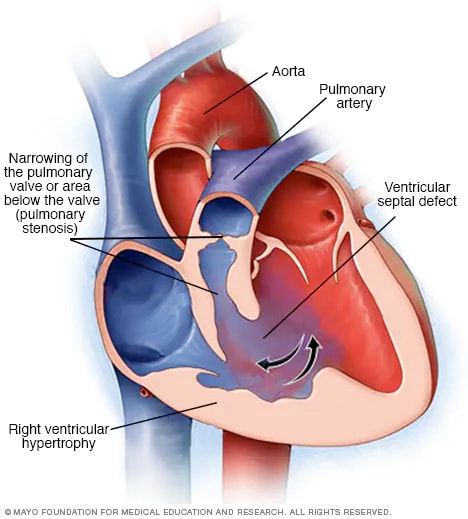BATTLE SIGN- Bruising behind earat mastoid region, due to petroustemporal bone# (middle fossa #).
BOCCA'S SIGN - Absence of postcricoid crackle(Muir's crackle) inCarcinoma post. cricoid.
BROWN SIGN - blanching of rednesson increasing pressure more thansystemic pressure see in glomusjugulare.
BOYCE SIGN - Laryngocoele-Gurgling sound on compression ofexternal laryngocoele with reductionof swelling.
DODD’S SIGN/CRESCENT SIGN - X-ray finding-Crescent of air betweenthe mass and posterior pharyngealwall. positive in AC ployp. Negativein Angiofibroma
FURSTENBERGERSSIGN-This is seenwhen nasopharyngeal cyst is communicating intracranially,there isenlargement of the cyst on crying and upon compression of jugularvein.
HITSELBERGER'SSIGN - In Acousticneuroma- loss of sensation in theear canal suppllied by Arnold'snerve( branch of Vagus nerve to ear )
HOLMAN MILLER SIGN, ANTRALSIGN-it is seen in angiofibroma,thetumor pushes forward on theposterior wall of the maxillarysinus..
HONDOUSA SIGN--X-ray finding inAngiofibroma, indicatinginfratemporal fossa involvementcharacterised by widening of gapbetween ramus of mandible andmaxillary body.
HENNEBERT SIGN- false fistula sign( cong.syphilis, Meniere's,)
IRWIN MOORE’S SIGN-------- positivesqueeze test in chronic tonsillitis
LIGHT HOUSE SIGN--- seeping outof secretions in acute OTITIS media
LYRE'S SIGN - splaying of carotidvessels in carotid body tumor
MILIAN’S EAR SIGN- Erysipelas canspread to pinna(cuticularaffection),where as cellulitis cannot.
PHELP'S SIGN - loss of crust of bonebetween carotid canal and jugularcanal in glomus jugulare
RACOON SIGN-Indicate subgalealhemorrhage,and not necessarly baseof skull #
STEEPLE SIGN- X-ray finding inAcute Laryngo tracheo bronchitis
STANKIEWICK'S SIGN - indicateorbital injury during FESS. fatprotrudes into nasal cavity oncompression of eye ball from ouside
THUMB SIGN --X-ray finding A/cepiglottitis
TRAGUS SIGN- EXTERNAL OTITIS ,Pain on pressing Tragus
TEA POT SIGN is seen in CSFrhinorrhoea..
WOODS SIGN----- palpable jugulodigastric lymphnode
